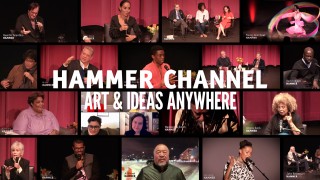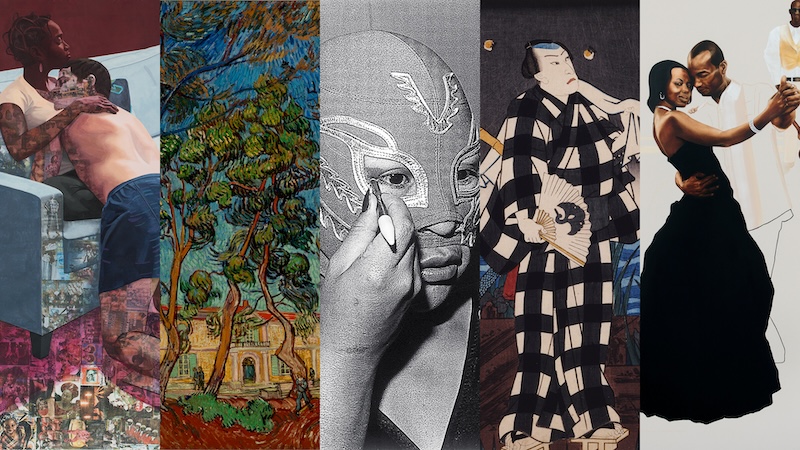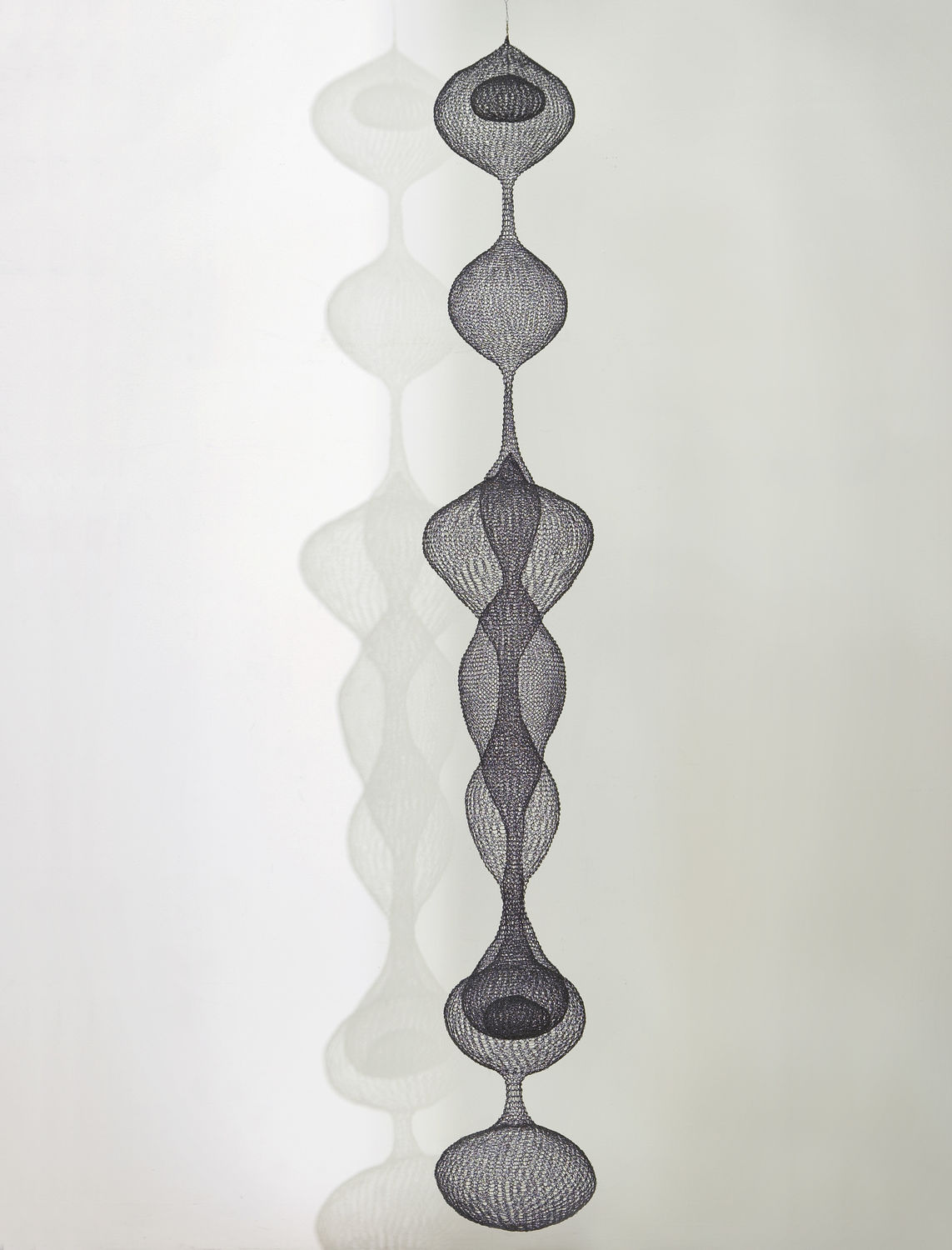
Art in Conversation: Catherine Opie and John Singer Sargent
This past week during our Art in Conversation tour, a 30-minute discussion about connections and comparisons between two works of art, my fellow student educator DJ and I chose to look closely at two pieces that are separated by more than one hundred years.






